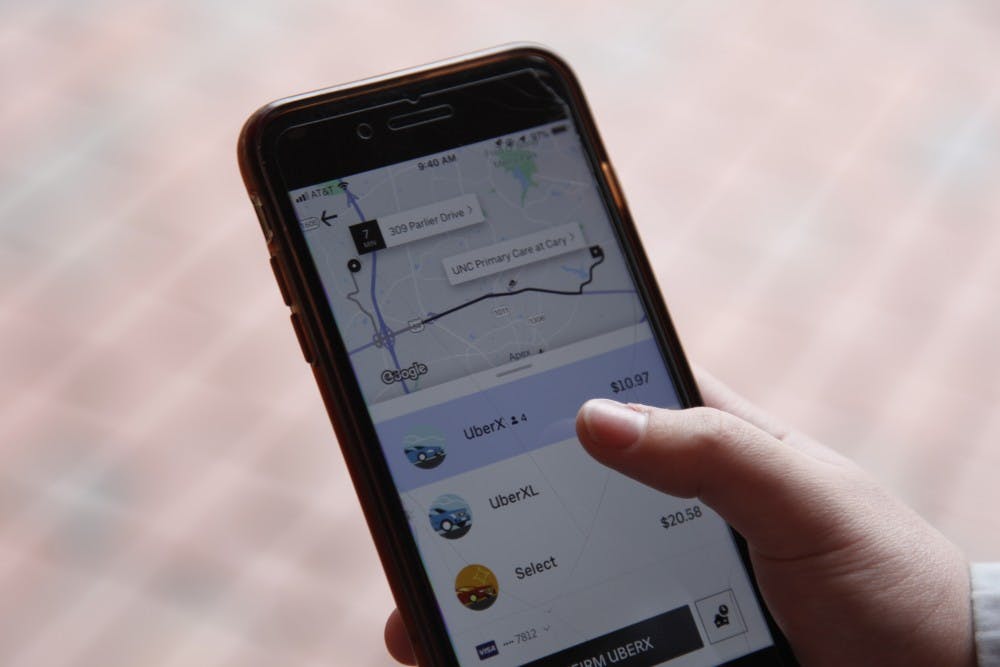Transportation barriers prevent an estimated 3.6 million people in the United States from obtaining needed medical care each year. Transportation barriers include not having access to a vehicle, inadequate infrastructure, lengthy commutes, expensive transportation costs and adverse policies that affect travel.
Without access to transportation, individuals must miss or delay their health care appointments, resulting in poorer health outcomes and increased health expenditures.
Mary Wolfe, a UNC doctoral candidate, and Noreen McDonald, professor and chairperson of the Department of City and Regional Planning at UNC, conducted a nationwide scan to investigate how innovations in ride-hailing technology are changing health care transportation in the U.S.
“This was an opportunity to evaluate a different, but very important connection between transportation and health,” Wolfe said.
Recently, ride-hailing companies like Uber and Lyft, which allow users to book rides and pay for car service through a smartphone app, have started filling the gaps in non-emergency health care transportation.
Over the course of several months, Wolfe and McDonald conducted a keyword-based search of periodicals, press releases and academic sources to catalog any formal instance is which ride-hailing technology was used to facilitate non-emergency health care transportation.
The most common innovation Wolfe and McDonald observed is health care providers using ride-hailing technology to book rides for patients. Some transportation companies have tailored the ride-booking process to the health care industry by making it HIPPA compliant, meaning that it protects patients’ information and privacy.
In March 2018, Uber Health launched. Using Uber Health, health care providers can schedule rides on behalf of patients without smartphones and track their trips to reduce the number of no-show patients.
The second innovation Wolfe and McDonald identified is insurers partnering with a ride-hailing company to expand or start offering transportation services to beneficiaries. While they did not find this to be common, they suspect these partnerships will grow as insurers realize the important role of transportation in remaining healthy.



